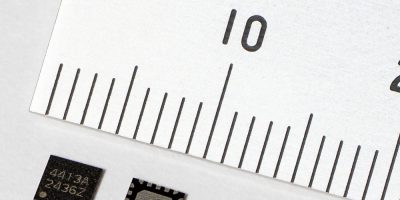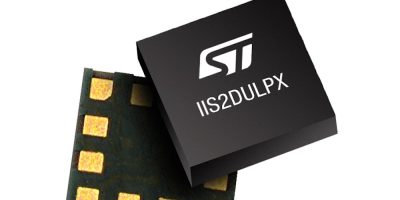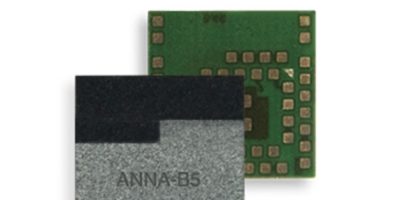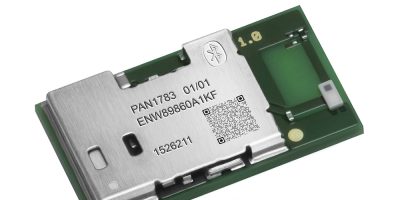Asahi Kasei Microdevices (AKM) has developed the AP4413, a new series of ultra-low current power management ICs (PMICs) ideal for battery charging systems used in energy harvesting applications. The AP4413 series enables efficient battery charging while consuming an extremely low current of 52 nA and features four variants with voltage threshold characteristics matching several common rechargeable battery types. The AP4413 comes in a tiny 3.0 × 3.0 × 0.37 mm HXQFN package and has been in mass production since February of 2025.
Equipped with AKM’s proprietary ultra-low current voltage monitoring system, the AP4413 series enables autonomous charging of a small rechargeable battery via energy harvesting, which is becoming increasingly common across a wide range of applications such as remote controls, Bluetooth trackers, and IoT sensors, which have traditionally used disposable batteries. This is particularly relevant in Europe, where the transition to rechargeable batteries is being promoted by Regulation (EU) 2023/1542 to evaluate the feasibility of phasing out disposable batteries.
These devices allow system designers to utilise small amounts of ambient environmental energy, such as indoor light and body heat, to operate a variety of electronic devices, many of which are battery-operated. This is especially beneficial for IoT environmental sensors such as CO2 monitors that are installed in locations where line power is not easily accessible, and where battery replacement would be difficult.
Using energy harvesting to charge batteries is challenging, because the harvested voltage and current tend to be small and often unstable. It is therefore essential to minimise the PMIC’s power consumption and prevent excessive charging and discharging. The AP4413 series’ ultra-low 52 nA current consumption has minimal impact on a system’s power budget, and its voltage monitoring system prevents rechargeable batteries from becoming completely discharged, allowing for quick startup and/or recovery. Furthermore, the addition of an inline capacitor allows the AP4413 series PMICs to support system operation even when the battery is completely discharged, while recharging it at the same time.







